Bee Balm is one doozy of a plant for the flower garden.
It's bee-utiful. Puts on an impressive show. And is super easy to grow.
Oh, and did I mention it attracts bees, hummingbirds and butterflies like a magnet? Really, any of the backyard pollinators just flock to it!
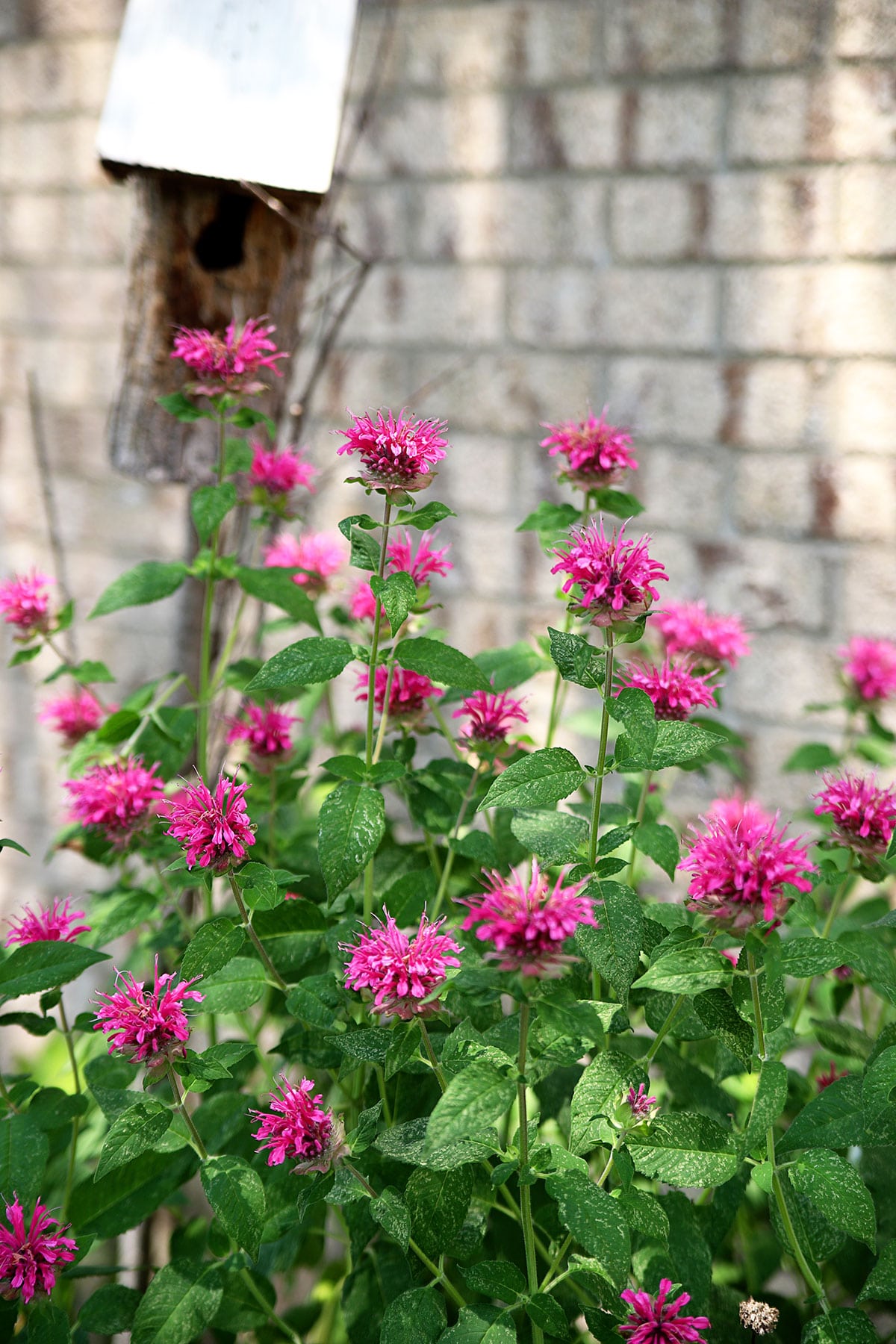
Bee balm, also known by wild bergamont or its botanical name Monarda, is a great addition to your cottage beds or herb gardens. Its vibrant flowers and soaring height work particularly well in the center or back of the beds with lower growing plants in front of it to shield its lanky stems from view.
I started growing these a few years ago and am very impressed with both the rate of growth (they doubled in size in one year's time) and how much color they add to my flower beds.
And they come in gorgeous varieties from blues and lavenders to pinks and bright red colors. There's something for everyone!
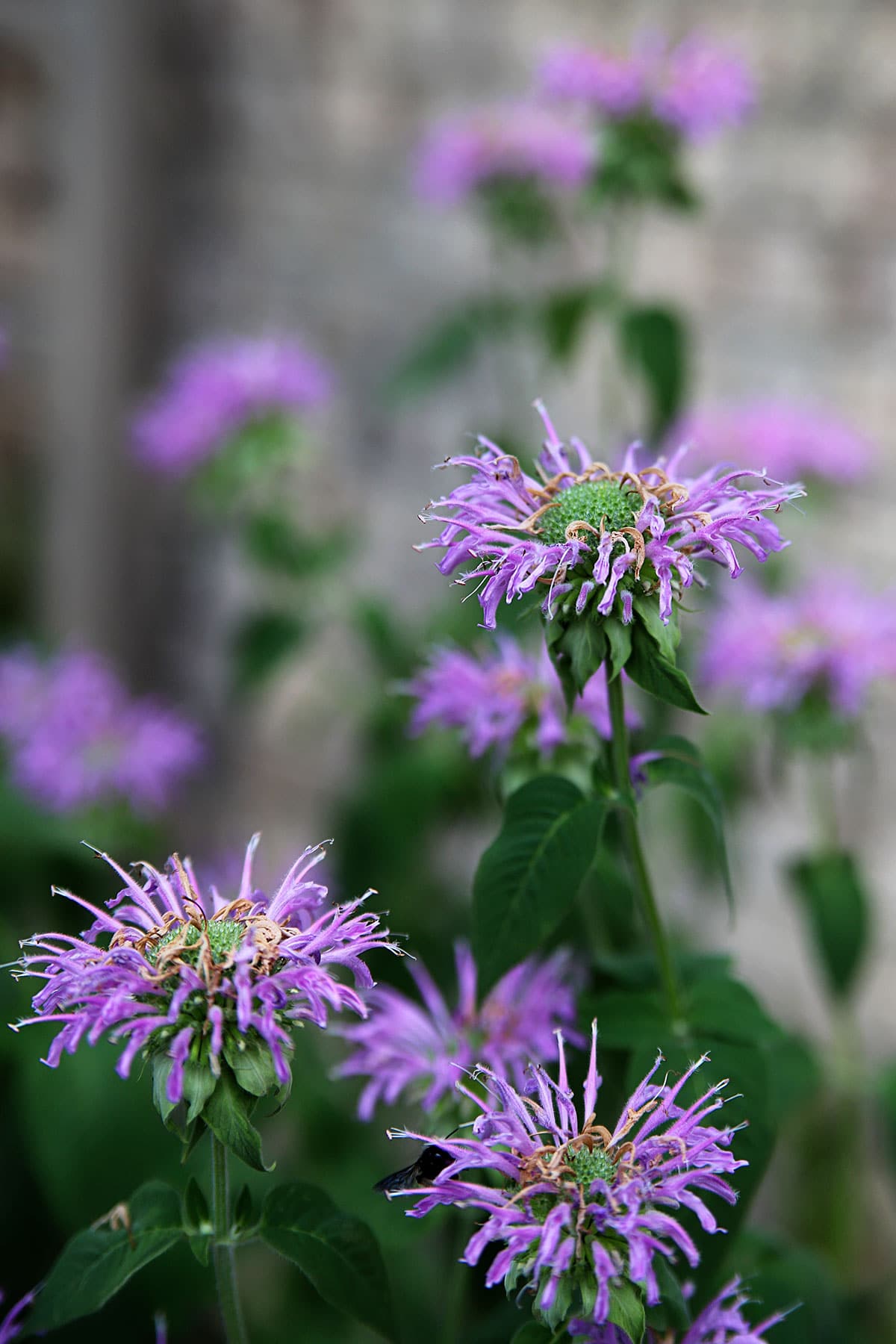
How To Grow Bee Balm
- Perennial in Zones 3-9
- Prefers full sun, but can tolerate partial shade
- Prefers consistently moist soil, although they can withstand the occasional drought or neglect
- Commonly grows to 2-4' tall, although newer dwarf varieties are now available
- Deadheading blooms throughout the season can promote additional blooms
- Dividing your bee balm every 2-3 years keeps your plants looking fresh and perky.
- Powdery mildew can be an issue, so leave adequate distance between plants (18 - 24") so they get proper air flow.
If your plants already have a problem you can buy a fungicide at the local garden center. Or I have a more natural powdery mildew treatment for you.
I've had success getting rid of powdery mildew with this homemade mixture: in a gallon of water mix 1 Tablespoon Baking Soda, 2 Tablespoons vegetable oil and ½ teaspoon liquid dish soap.
Put in a sprayer and thoroughly soak the leaves with the solution early in the morning or in the evening (spraying on the leaves in the scorching mid-day sun may harm the leaves). You can re-apply in one week if additional treatment is needed.
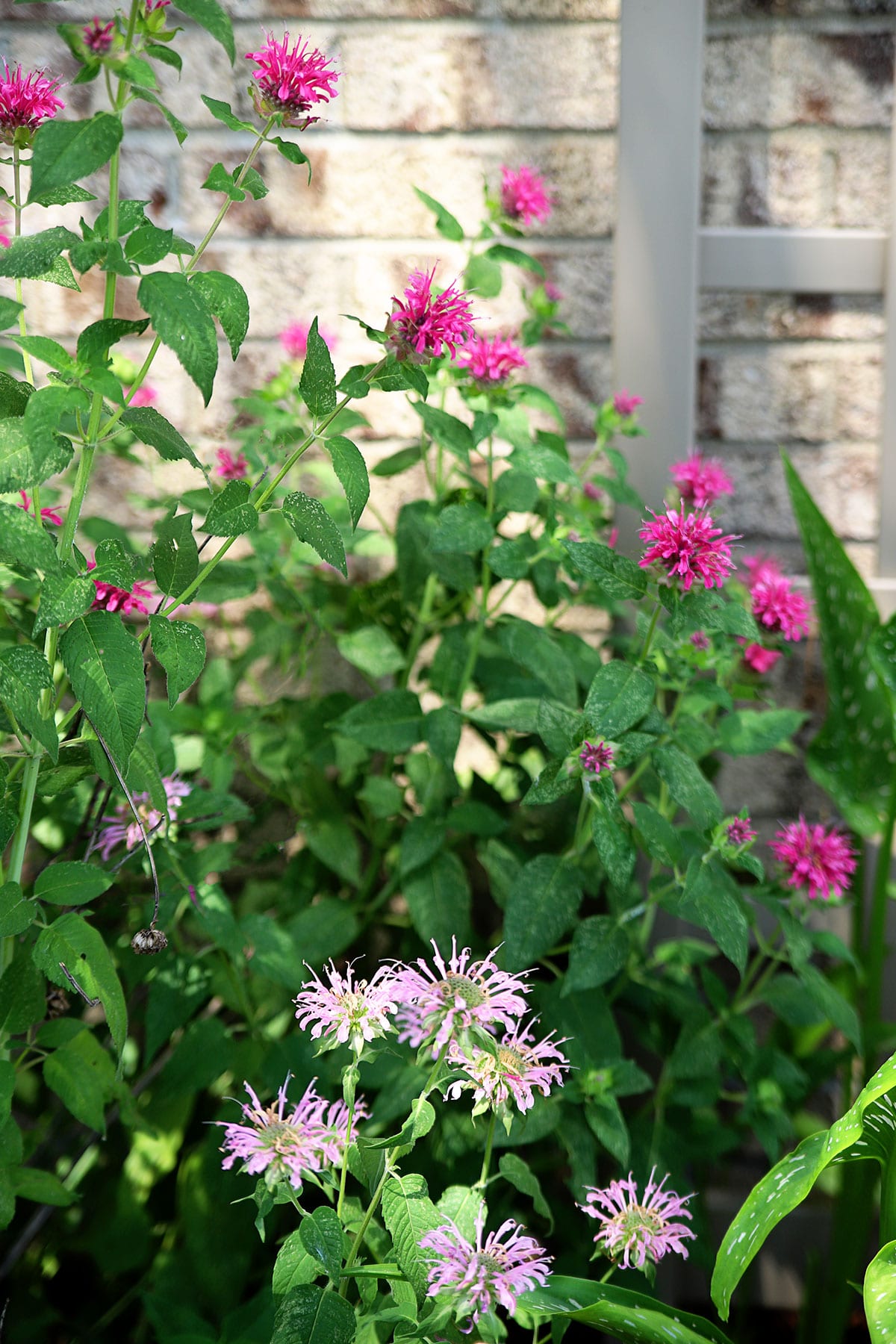
Frequently Asked Questions
Bee balm does tend to be a bit of a spreader as do other plants in the mint family. It will spread by shooting out underground runners that will pop up new shoots in unexpected places.
I do not find bee balm to be one of those super invasive plants though. When a wayward plant shoots up in a spot I do not wish it to be in it can easily be pulled out.
So is it invasive? Technically yes, but it will only drive you crazy if you neglect it and let it have its way for a few years. Just pull those odd runners once or twice a year and you'll be fine.
Yes, it does come back every year. It is hardy in USDA zones 3-9.
It will die back to the ground in the winter and send up fresh shoots in the spring. Since it does not grow on last year's growth, you can feel free to cut the plants back to a few inches from the ground in late fall.
Bee balm prefers a sunny location, but can handle partial shade as well. It does very well in 5-8 hours of sun per day. Anything less and you may be sacrificing a number of the magnificent blooms.
It is not known to be toxic to dogs. In fact humans use it to make teas and garnishes with. But if you are ever in question about the toxicity of plants, you can look it up on the ASCPA Toxic And Non-Toxic Plant List.
Bee balm blooms in the summer. And in the Midwest, where I live, it starts blooming in July just about the time my other plants are waning. So it is a welcome bit of color!
Goodbye peonies, hello bee balm!
Seed heads can be snipped off after they are done blooming to encourage the plant to produce more blooms, so it's possible to keep them going into early fall.
Garden phlox
Purple coneflowers
Black-eyed Susans
Lavender
Shasta daisies
Daylilies
Yes!!! It can be grown in containers and is a great way to create a butterfly or bee garden when you don't have the space for a full-blown perennial bed.
Picture below is a more compact variety of bee balm I just planted this year. It's called Sugar Buzz 'Bubblegum Blast' which only grows 20-24" tall.
I planted it in the ground since I needed a pop of pink in that area of the garden, but it would look great in a pot with some garden phlox and Shasta daisies.
I'm so glad you asked. Deer do not like the mint scent of the bee balm so they steer clear of it. And better yet, it is both deer AND rabbit resistant!
Since our dog is getting older and is not into chasing rabbits as much as she used to, the bunnies have set up a maternity ward in my yard. They have eaten my coneflowers down to the ground, but have never once touched the bee balm 4 inches from them.
Which makes me think I need to spray my coneflowers with a mint scent similar to my infamous Homemade Squirrel Repellent. The bunnies will just have to live off the abundant clover in the yard.
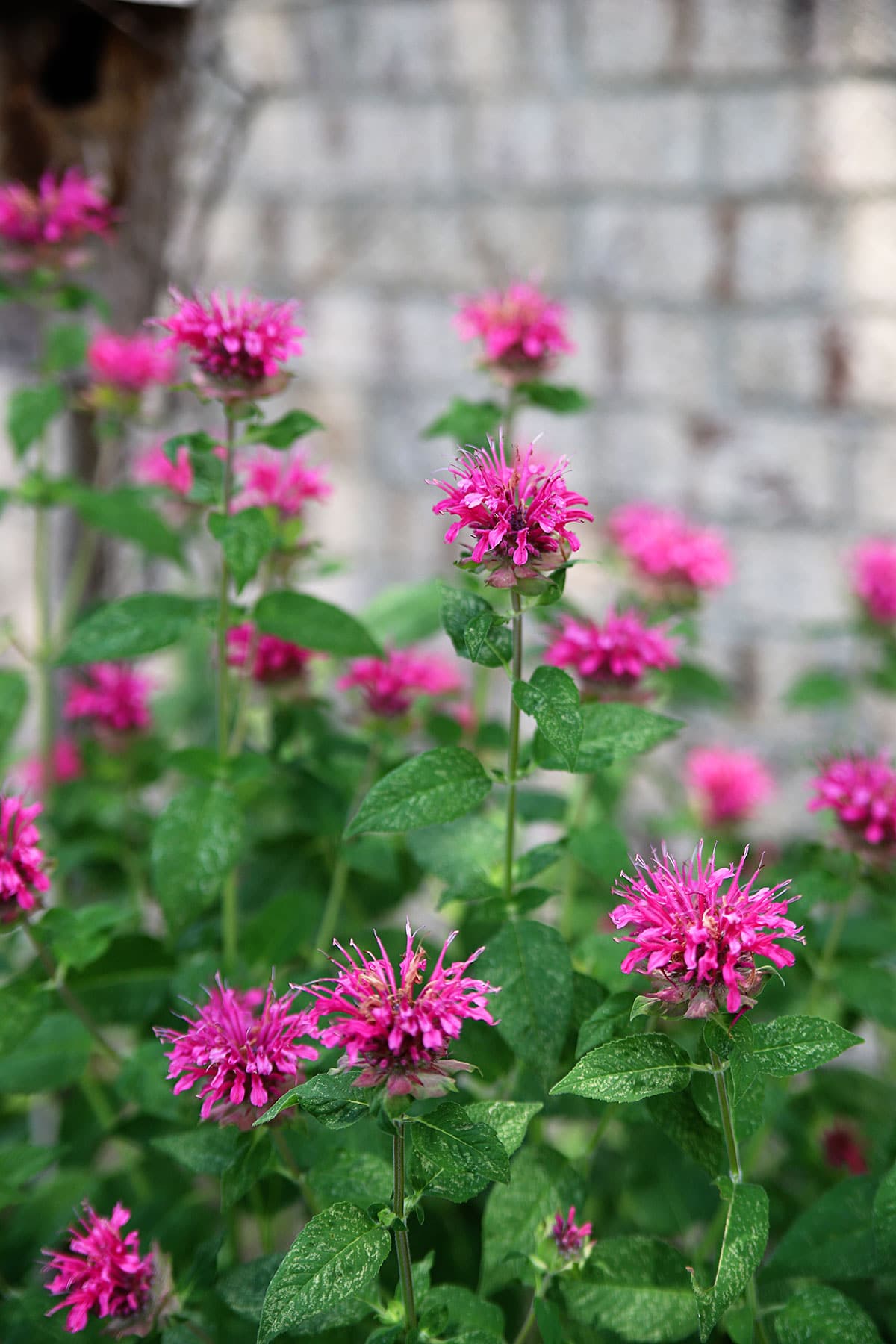
Have you been stung by the bee balm bug yet? Are you partial to the pinks or the purples?

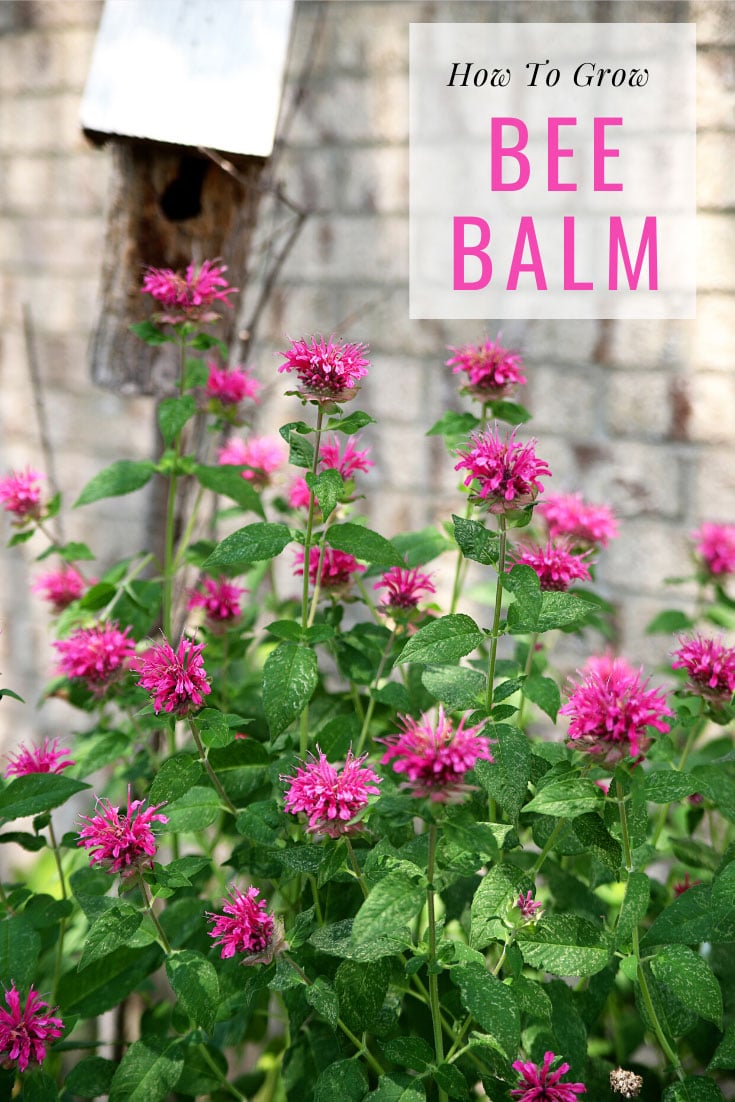
Check out the web story version of this article HERE.
Other posts you may enjoy:
5 Simple Tips For Growing Clematis
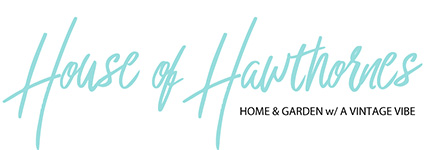

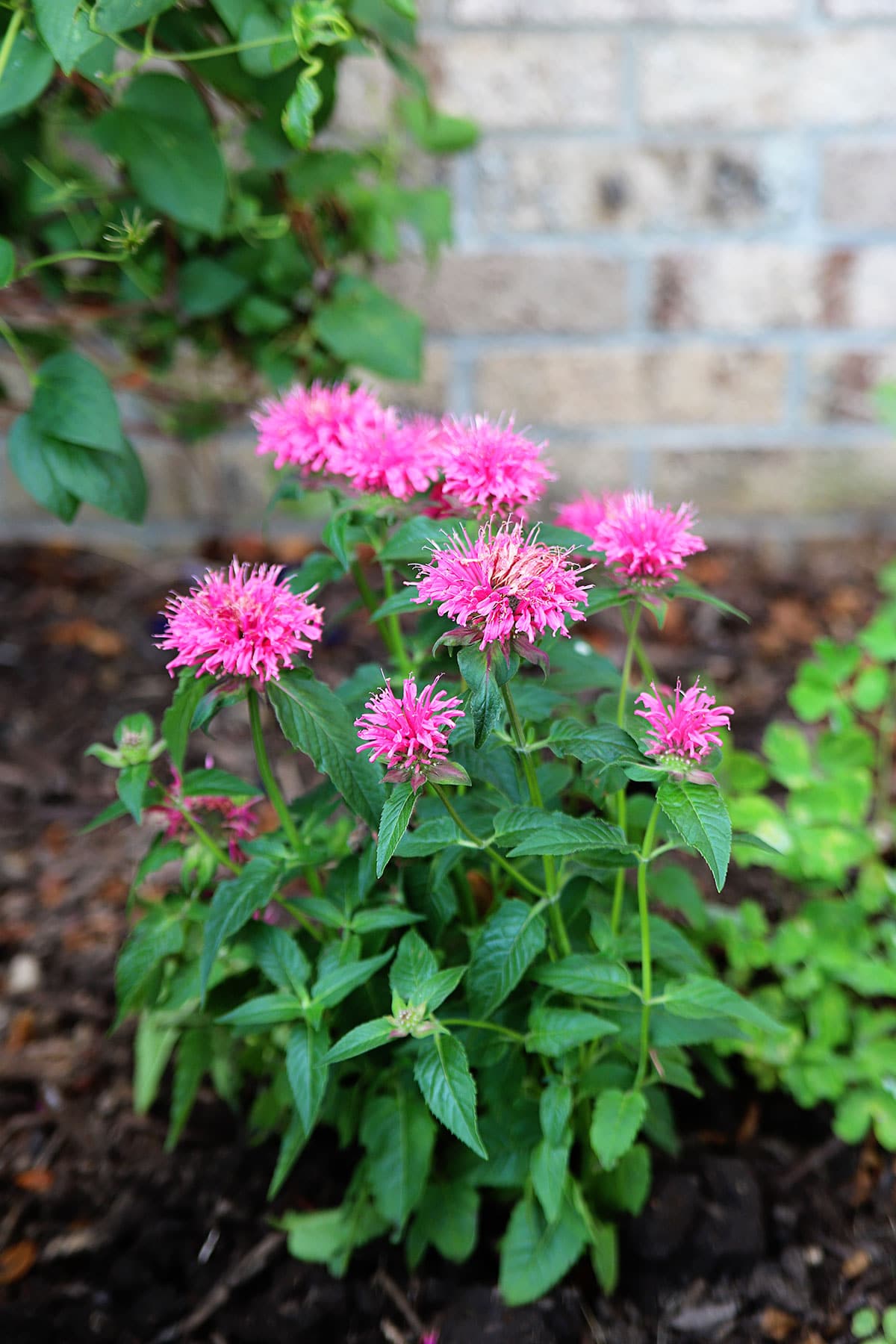
Bev Regs
How much or how often do they need to be watered? I'm in hot Arizona, would they have a chance of surviving the heat?
cindy hattersley
I have not planted bee balm in my herb garden but you have inspired me to do so! I am going to give it a try! Thanks for sharing!
Deana Landers
I love Bee Balm. Had some and lost it. Thanks for the recipe for the powdery problem.
Kim Purvis
Beautiful pics! I have tons of hummingbirds in my yard. I will have to look for Bee Balm when I go plant shopping! Thanks for the info!
Cat Michaels
Love bee balm but it is an aggressive spread in my small garden. I'd like to try it in a pot some day. Thanks for the tips!
Michelle Leslie
They're such pretty, happy flowers and anything that encourages bees in our garden is a winner in my books. Thanks for all the tips Pam
Maria
Wow this is amazing how’s it’s done! Would love to try it.
Sara
Beautiful plant. Never really knew much about it so thanks for enlightening me!
Susan
What perfect timing for this article! My neighbor is giving me some bee balm once the heatwave we are having is over. You cover everything I need to know!
Frani
I love my bee balm but it totally exasperates me. I have it in the sun and it has volunteered in other sunny areas BUT when it blooms, it falls over. It seems like the flowers are too heavy for the slender stems. Any suggestions?
Pam Kessler
If you pinch the tops when they are still smaller plants in the spring it should force them to bush out a little more and be less leggy. I have not tried it with mine yet, but will next spring (and basically didn't want to write it in the post if I didn't have personal experience with it). Just Saturday night when we had a big rain storm it toppled a few of my purple ones you see in the photos (I took those photos Saturday morning). I definitely don't want to be staking them or anything like that, so I'll try the pinching method next spring.
Tammie
I'm also a fan of bee balm. Mine are blooming great this year, but they do have the powdery mildew problem on the leaves. Thanks for this informative post.
Pam Kessler
I had a lot of success with getting rid of powdery mildew on my zinnia last year with a homemade mixture. In a gallon of water you mix 1 Tablespoon Baking Soda, 2 Tablespoons vegetable oil and 1/2 teaspoon liquid dish soap. It worked amazingly well. I'll add it to my article in case anyone else wants to try it.